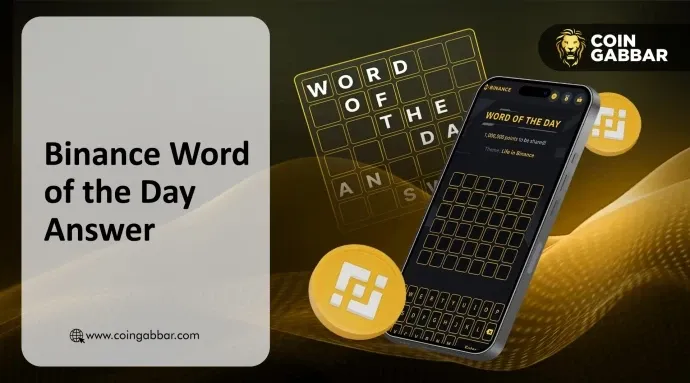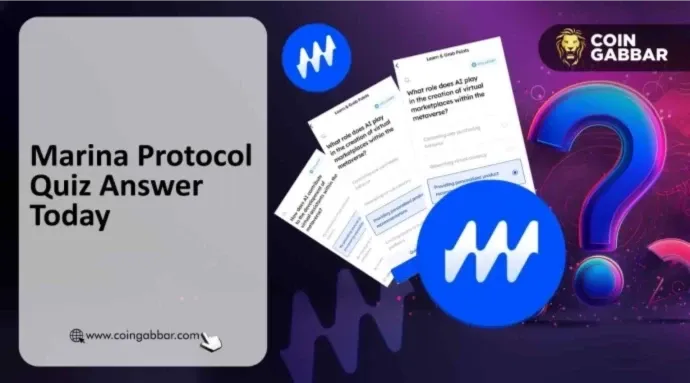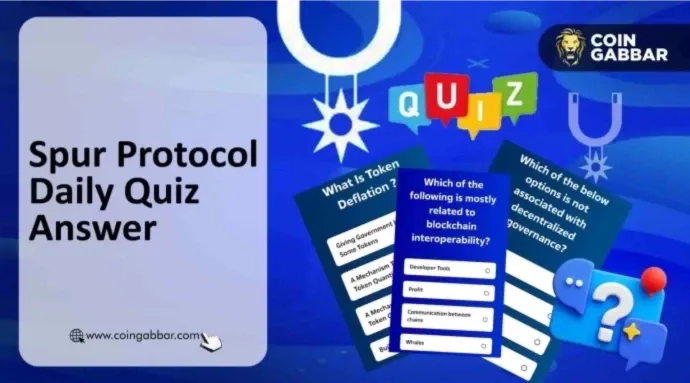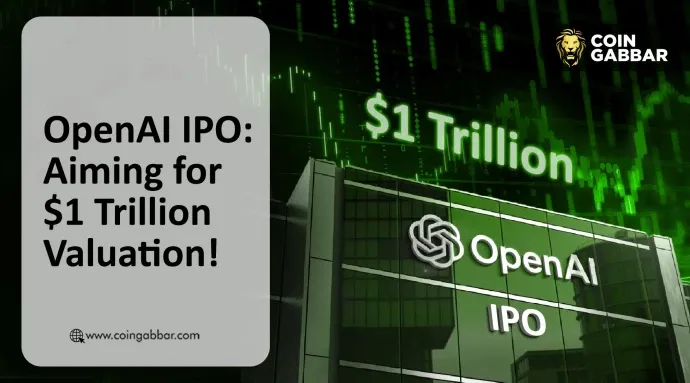As AI Agents gradually evolve from tool attributes to autonomous economic entities, AIAgent becomes an economic participant capable of making independent decisions, executing operations, and engaging in value exchange. However, traditional payment infrastructure cannot meet a series of core needs for Agents, such as autonomous transactions, cross-ecosystem interactions, and verifiable identities.
These bottlenecks have led to the emergence of a new generation of protocols—x402, Agent Payments Protocol (AP2), and ERC-8004—building a reliable value exchange foundation for the upcoming machine economy. This article will delve into the technical principles, application scenarios, and ecological status of these three major protocols, revealing how they collectively shape the payment landscape of the future AIAgent economy.
The operational process of the x402 protocol can be summarized as follows:
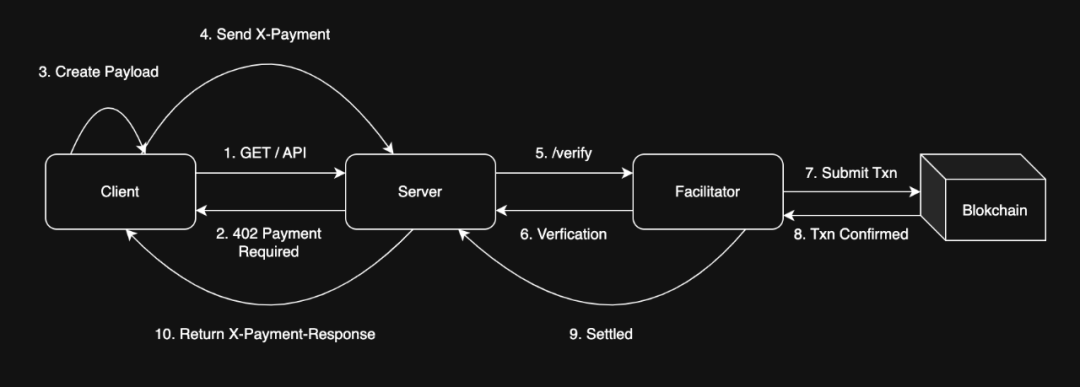
It is particularly noteworthy that the x402 protocol supports multiple blockchains (Base, Avalanche, and other EVM chains, Solana) and various cryptocurrencies (must support ERC-3009, defaulting to USDC) for payments, requiring configuration only on the server side:
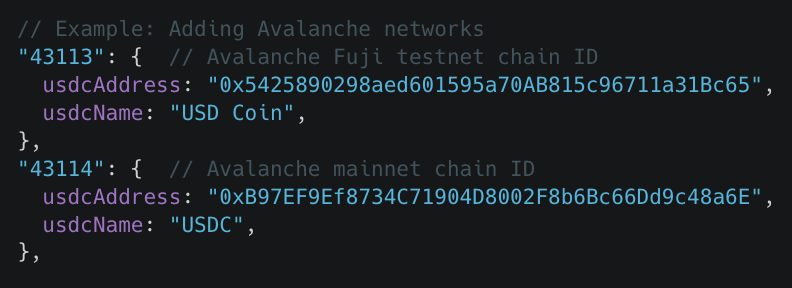
Agent Payments Protocol (AP2): A Trusted Payment System for the Agent Ecosystem
AP2 is an open payment framework based on the Agent-to-Agent (A2A) communication protocol and the Model Context Protocol (MCP). Its core goal is to address three major issues in Agent commerce: authorization verification (proving that the Agent has obtained user permission), authenticity (ensuring that transactions reflect the user's real needs), and transaction accountability (clarifying responsibility in disputes), enabling secure transactions between AIAgent and any compliant merchant.
The workflow of the AP2 protocol revolves around the core concept of digital mandates, which are tamper-proof, cryptographically signed digital contracts serving as verifiable evidence of user instructions. They are specifically divided into three types of mandates:
1. Intent Mandate
Applicable for automated transactions when the user is not present. The user provides operational instructions to the AIAgent in advance, including explicit conditional constraints, such as "purchase concert tickets, budget not exceeding 500 yuan."
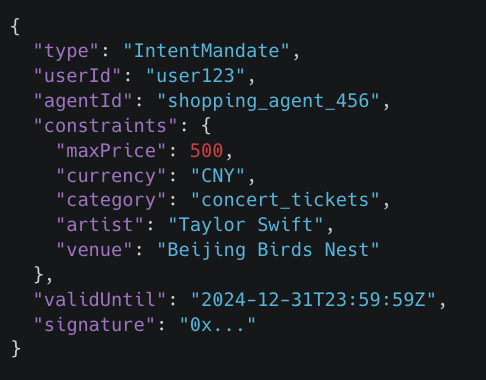
2. Cart Mandate
Applicable for transactions confirmed in the presence of the user. Generated when the agent is ready with specific goods and prices for user confirmation. The user's approval will sign the cart mandate, creating a secure, immutable record of the exact goods and prices, ensuring that what is seen is what is paid.
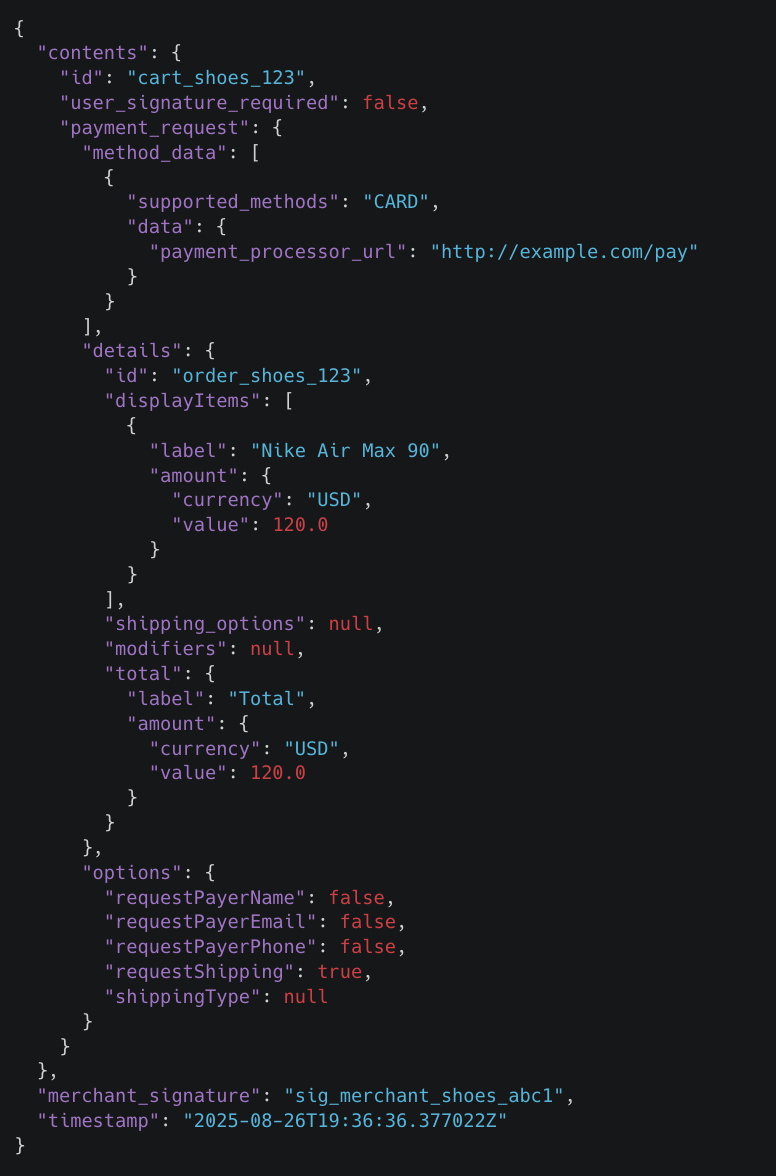
3. Payment Mandate
This is a standalone credential shared with the payment network and card issuer, aimed at conveying information about the AI Agent's participation and the user's presence, helping to resolve transaction disputes, conduct risk assessments, and regulatory compliance.
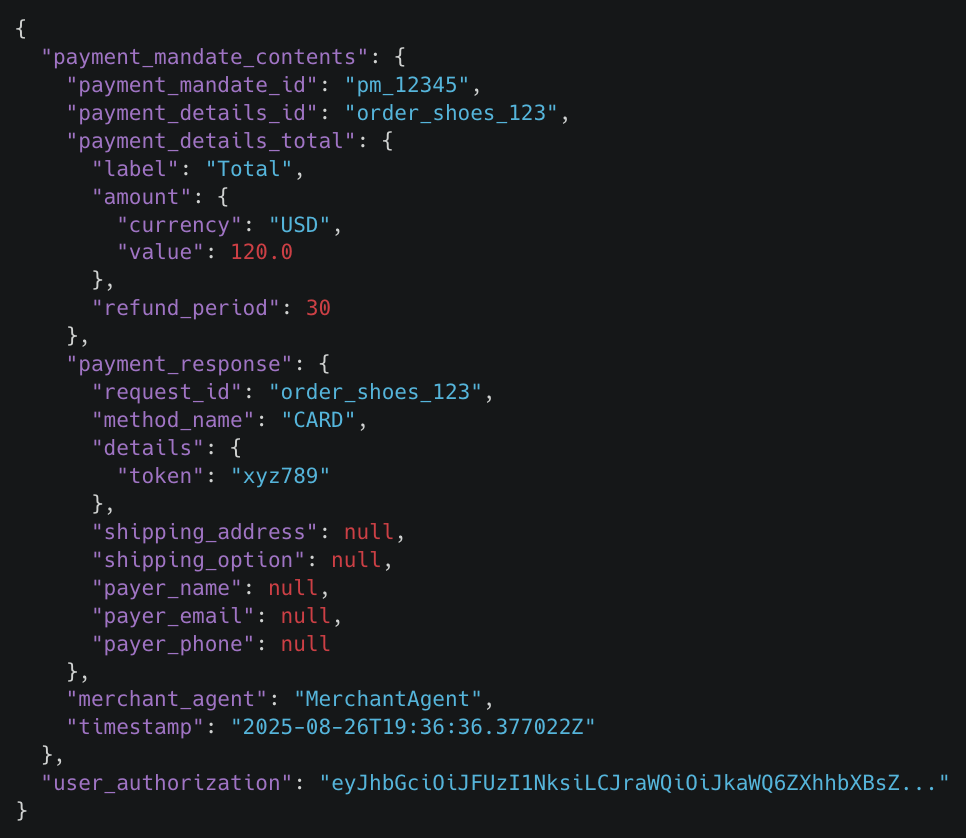
ERC-8004: Decentralized AIAgent Identity and Reputation System
ERC-8004 is Ethereum's decentralized AIAgent identity solution, addressing the issues of determining the authenticity of AIAgent identities, the reliability of behavior records, and verifiability. Unlike AP2, ERC-8004 focuses on building trust in interactions between AIAgents rather than transaction trust among users, AIAgents, and merchants.
The design of ERC-8004 is built around three lightweight registries, each responsible for different aspects of the trust model:
1. Identity Registry
Implemented based on the ERC-721 standard and extended with URIStorage functionality, this design allows AIAgent identities to be compatible with the existing NFT ecosystem.
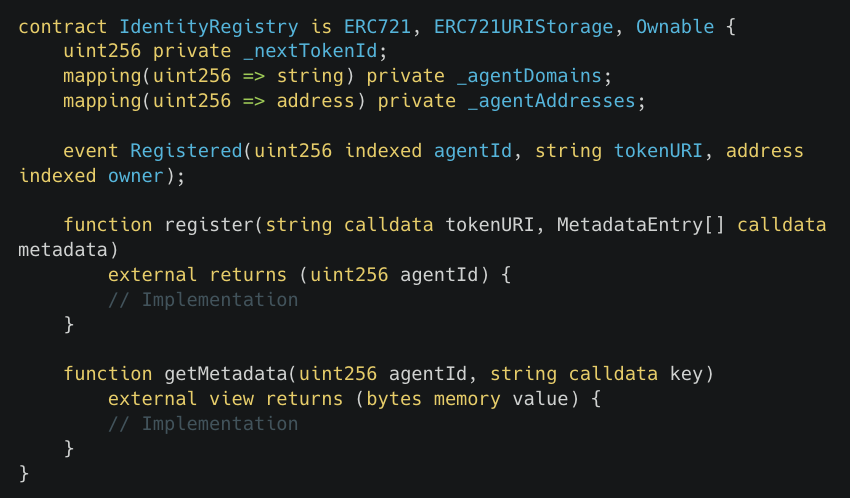
Each AIAgent registers by calling the register function, obtaining a unique agentId (i.e., the ERC-721 tokenId). During registration, the agent must provide a tokenURI pointing to its registration file (Agent Registration File), which follows a standardized JSON format containing information such as the agent's name, description, endpoint, and supported trust models.
2. Reputation Registry
Provides a standard interface for publishing and retrieving service feedback for AIAgents, supporting a 0-100 scoring feedback system, tag classification, and payment proof association. This registry adopts a hybrid on-chain and off-chain architecture, ensuring the composability of core data on-chain while leaving complex aggregation calculations to off-chain processing for efficiency.
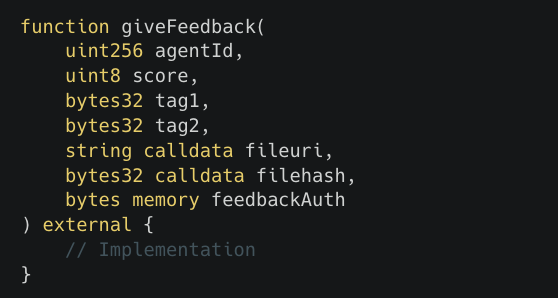
The contract structure of the reputation registry is closely linked to the identity registry—when deployed, the address of the identity registry must be passed in, ensuring that only registered AIAgents can obtain reputation records.
3. Validation Registry
Provides a universal hook for requesting and recording independent validation results, supporting various validation mechanisms including economic staking (validators re-running tasks) and cryptographic proofs (TEE proofs, zkML validation, etc.). This design allows different security requirement validation mechanisms to coexist within the same ecosystem.
The contract interface of the validation registry is relatively simple, mainly consisting of two functions: ValidationRequest for submitting validation requests and ValidationResponse for recording validation results.
ERC-8004 serves as the identity layer protocol for the AIAgent ecosystem. It provides verifiable identities, reputation systems, and registration mechanisms for on-chain AI Agents, forming a key foundation for establishing trust in the machine economy.
The combination of x402, AP2, and ERC-8004 constitutes a complete AIAgent payment system: ERC-8004 addresses the identity issues of AIAgents, x402 solves the problem of "how to use cryptocurrency for high-frequency micropayments," and AP2 provides a secure, standardized framework for the x402 payment protocol, setting independent economic behavior boundaries for AI Agents, allowing them to process information, hold and manage assets, and truly participate in the value exchange of commerce, thereby giving rise to a new economic form driven autonomously by machines.
免责声明:本文章仅代表作者个人观点,不代表本平台的立场和观点。本文章仅供信息分享,不构成对任何人的任何投资建议。用户与作者之间的任何争议,与本平台无关。如网页中刊载的文章或图片涉及侵权,请提供相关的权利证明和身份证明发送邮件到support@aicoin.com,本平台相关工作人员将会进行核查。
